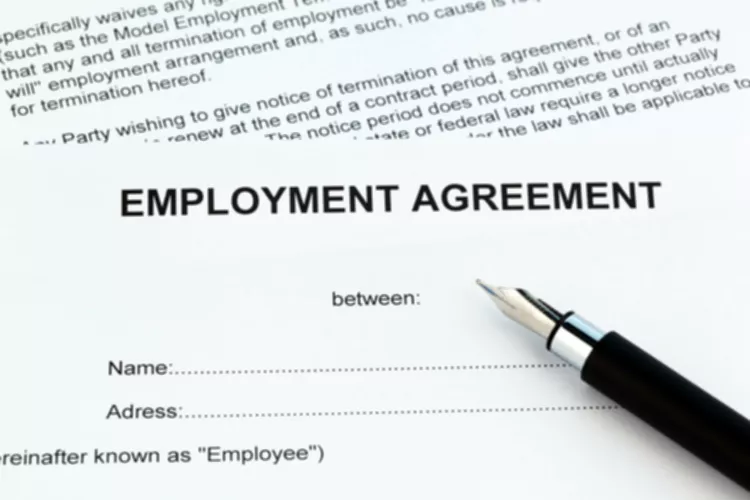Content

Seven steps you can use to improve the shipper-carrier relationship and ultimately benefit your business. Explain if it is possible for a transaction to affect an asset account without also affecting some other asset or a liability or owners’ equity account. Describe the difference between the accounting of a service firm and the accounting of a merchandising firm. Explain the importance of contracts when analyzing revenue arrangements.

As the buyer has the option to be in charge of handling the shipping from the origin port , it provides much more flexibility in hunting down the best prices. This also allows them to build a relationship with a freight forwarder to make the delivery process smooth, with less dependence on the seller. However, the seller must still arrange and pay for export permits and the transit from the origin point to the shipping vessel. The risk transfer occurs at a different point when the goods are actually loaded onto the shipping vessel. The FOB Incoterm is the most commonly used agreement between international buyers and sellers when the delivery of cargo is shipped via sea. This is because it splits the responsibilities between buyers and sellers relatively evenly. This determines who shoulders the shipping costs and ancillary charges that might incur along the way.
FOB Destination
The risk transfer is relatively similar for both Incoterms, with CIF stating that the risk transfer occurs when the goods are loaded on the shipping vessel bound to the destination port. FOB Shipping Point, Freight Collect – The buyer pays for all freight costs to the destination port and assumes liability from the Shipping Point. Freight charges while the buyer still pays for customs and other fees when the goods arrive at the port of destination. In order to understand what is the meaning of each FOB designation, we have to understand what is the difference between shipping point and destination as well as freight collect and freight prepaid. “FOB Destination” refers to the legal fact that the seller retains title and control of the goods until they are delivered. The seller selects the carrier and is responsible for the risk of transportation and filing claims in case of loss or damage. The purchased pays the freight costs and is responsible for damages.
In the FOB Incoterm rules, it is essential to note that insurance is not obligated to the buyer or seller. Instead, if there is an insurable interest on board, the insurance costs are usually covered in the terms of sale. With shipping being the final step in completing a sale, it is often fob shipping point the last thing thought about by both buyers and sellers. And today, we’re going to discuss one of the most commonly used Incoterms in international shipping — FOB. Thus, it is important for both the consignor and consignee to define which terms would they use for the shipping contract.
Online store
Terms indicating that the buyer must pay to get the goods delivered. (The buyer will record freight-in and the seller will not have any delivery expense.) With terms of FOB shipping point the title to the goods usually passes to the buyer at the shipping point. This means that goods in transit should be reported as a purchase and as inventory by the buyer. The seller should report a sale and an increase in accounts receivable. In FOB shipping point agreements, the seller pays all transportation costs and fees to get the goods to the port of origin. Once the goods are at the point of origin and on the transportation vessel, the buyer is financially responsible for costs to transport the goods such as customs, taxes, and fees.
This allows them to rely upon one single company for the whole of the delivery process and mitigates any potential miscommunications between separate shipping companies. In a nutshell, in FOB Shipping Point , the seller is responsible for loading the goods onto the vessel. The buyer is responsible for everything else necessary to get the goods to the final destination. And for a shipment with FOB affixed with the point of origin, the buyer/consignee technically owns the shipment once it is on board the ship.
What is the Difference Between FOB and CFR?
Having an advocate to review your agreements and explain your day-to-day business procedures to each of your vendors provides insight and clarity to all involved. Each department may not know what the other is doing in your organization, but your logistics provider can facilitate the best transition of goods for your company. “Origin” refers to the legal fact that buyer takes ownership at the time of carrier pickup. Here is more detail about FOB, beginning with common transportation terms you may encounter. We will also explore steps you can take to deal with FOB issues at your business.
- Instead, if there is an insurable interest on board, the insurance costs are usually covered in the terms of sale.
- The point of FOB shipping point terms is to transfer the title to the goods to the buyer at the shipping point.
- Once this happens, and the legal title of all goods is transferred to the buyer, the seller is no longer responsible for the goods.
- FOB Destination is a shipping term that means that the legal title to the goods remains with the seller until the goods reach the location of the buyer.
- “Freight prepaid” refers to the legal fact that the seller is responsible for all freight charges.
Free on board shipping clarifies predicaments like this by defining exactly when ownership of transported goods changes from one party to another. We’ll go over FOB basics, its variations, and the benefits your small business can enjoy from using it. Unlike FOB shipping point, FOB destination, indicates that the ownership of goods is not transferred to the buyer until they arrive at their destination. FOB Destination is a shipping term that means that the legal title to the goods remains with the seller until the goods reach the location of the buyer. The risk transfer for DDP occurs when the goods are made available to the buyer at the final destination. DDP also requires sellers to transport goods to the final location and pay for any relevant import customs formalities. Additionally, the buyer doesn’t have the opportunity for the delivery to be made to its final destination.
FOB shipping point terms: Insurance
Although FOB has long been stated as “Freight On Board” in sales contract terminology, this should be avoided as it does not precisely conform to the meaning of the acronym as specified in the UCC. If the same seller issued a price quote of “$5000 FOB Miami”, then the seller would cover shipping to the buyer’s location. Due to potential confusion with domestic North American usage of “FOB”, it is recommended that the use of Incoterms be explicitly specified, along with the edition of the standard.

It may be difficult to record delivery precisely when the goods have arrived at the shipping point. Due to constraints to an information system or delays in communication, it is more realistic that there is a slight timing difference between the legal arrangement and the accounting arrangement. Under the FOB shipping point terms, the buyer pays the shipping cost from the factory and becomes responsible for the goods in case of any damages during the shipment. Unloading and transporting the goods from the port of origin to the final destination. Under the FOB shipping point, the buyer can record an increase in their inventory as soon as the products are placed on the ship. Under the FOB destination, the seller completes the sale in their records only when the goods arrive at the receiving dock. With the FOB shipping point, the buyer takes the responsibility for lost or damaged goods and freight.
However, a shipment designated FOB Origin technically belongs to the buyer/consignee at the time that it is shipped. So, the consignee would be refusing delivery of goods it legally owns and bears the risk for. The seller has no legal reason to accept those goods back and the return shipment could possibly result https://quickbooks-payroll.org/ in additional damages. Simply put, an incoterm is the standard contract used to define responsibility and liability for the shipment of goods. It plainly lays out how far along into the process the supplier will ensure that your goods are moved and at what point the buyer takes over the shipment process.




